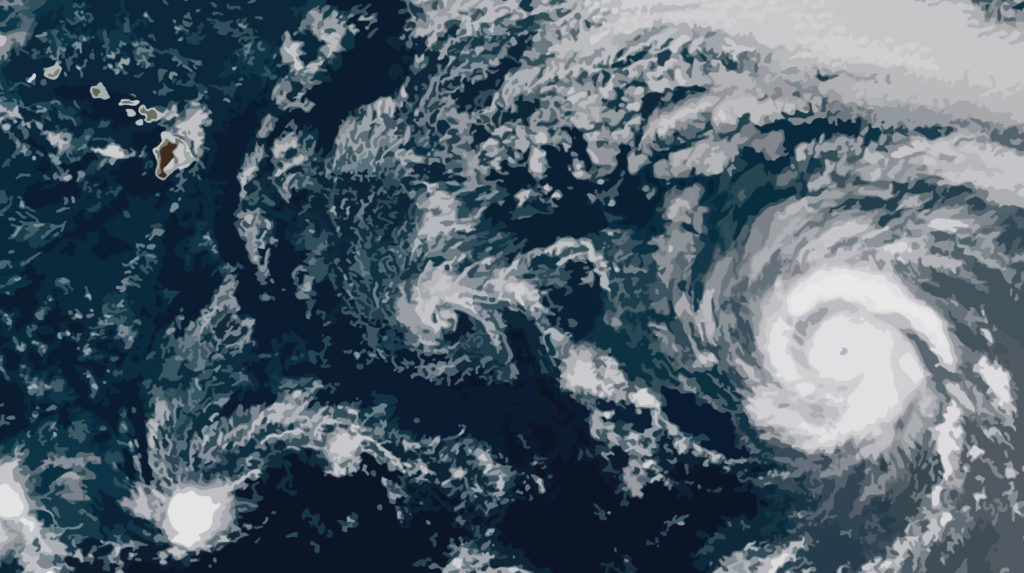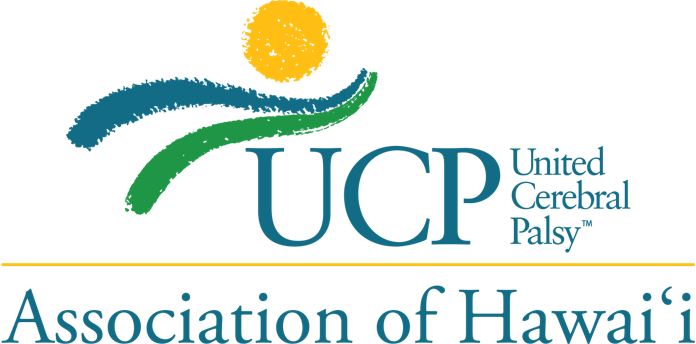
Hawaiʻi’s hurricane season runs from June 1 through November 30 each year. There are many great resources outlining how best to prepare your family for natural disasters, like hurricanes, such as:
- Hawaii Emergency Management Agency’s Prepare Your Family Resources
- Hawaii Emergency Management Agency’s Prepare Your Home Resources
- Hawaiian Electric Emergency Handbook
However, for families and caretakers of people with special needs such as cerebral palsy, here is our Hurricane Checklist to ensure that the needs of your loved one can be met. This list should be a supplement to the other preparations you already have in place.
1. Create Record of Medical Needs Kits
A Record of Medical Needs Kit is a ziplock bag full of important information that can be a resource for you or for any others who need to care for your loved one with special needs during an emergency situation.
It should include:
- A list of medications, dosages, and how to administer
- A list of special needs and medical diagnoses
- Any allergies
- Instructions on how to use medical equipment and assistive devices
- Insurance information
- A description of the child’s triggers, likes and dislikes, and behavioral needs
- Contact information for family and doctors
Make sure to have a kit on-hand, in your go-bag, in your vehicle, and in your emergency kit. If you are close with your neighbors or if it is possible your loved one may be with a family member or friend, provide them with a kit, too!
2. Charge Assistive Technology
Loss of power is common during a hurricane. Be sure to charge any assistive devices or have extra batteries on-hand for devices that are important for the care of your loved one.
This includes:
- Electric wheelchairs
- Augmentative Communication Devices
- Environmental Controls
- Computer Equipment
- Hearing Aids
3. Check Your Medication Supply
Access to prescription refills may become unavailable depending on the severity of the hurricane. Check your loved one’s supply of medications and order refills for those that may be running low. Have your doctor’s office call your neighborhood pharmacy to place the order, especially if it may not be time for your regular refill.
4. Plan for Evacuation
In the event that you need to evacuate your home, create a plan that includes:
- How to move your loved one
- Where you will go to shelter
- What you will need to take
- Alternative solutions if you cannot take, access, or use assistive devices
If the plan includes sheltering at a friend or family member’s home, be sure that they know and that you have access to a key.
5. Teach Others How They Can Help
Be sure that siblings and other adults, such as neighbors, are ready to assist if you cannot be there for your loved one. Teach others who they can help, including how to use medical technology. Ensure they have access to your Record of Medical Needs Kit.
6. Talk to Your Loved One
Communication is an important step for preparing your loved one for what may be an unusual or scary situation.
Teach them what to do and what to expect in an disaster, including how to call for help and what to do if family members get separated. Including them in the planning process can help to ease fears and empower your loved one to take an active role in an emergency situation.
This year’s hurricane season is different than in years past as we are also dealing with the effects of the COVID-19 pandemic. Your family may have additional needs, such as extra masks and hand sanitizer. Be sure to keep that in mind, as well, as you prepare.
